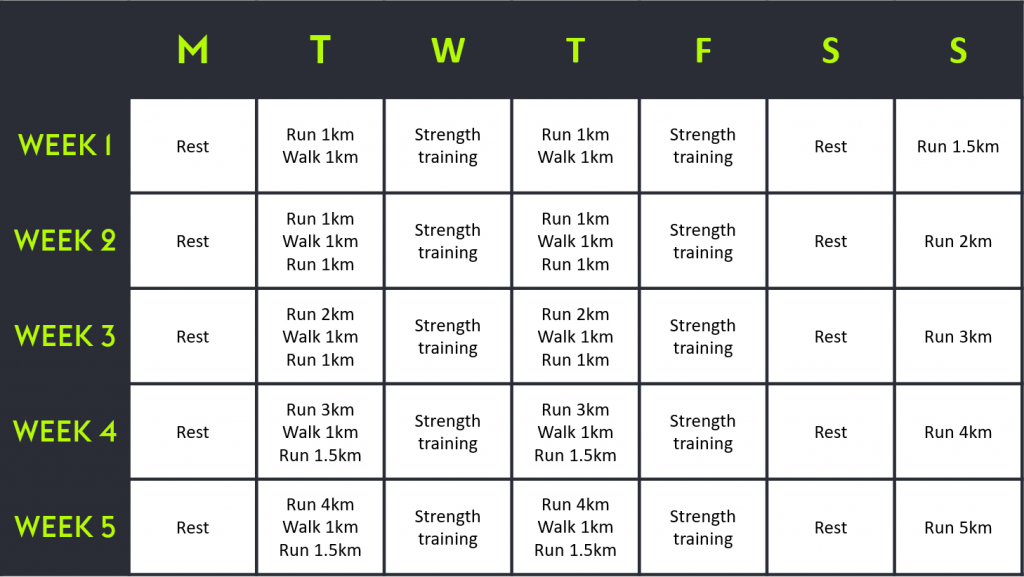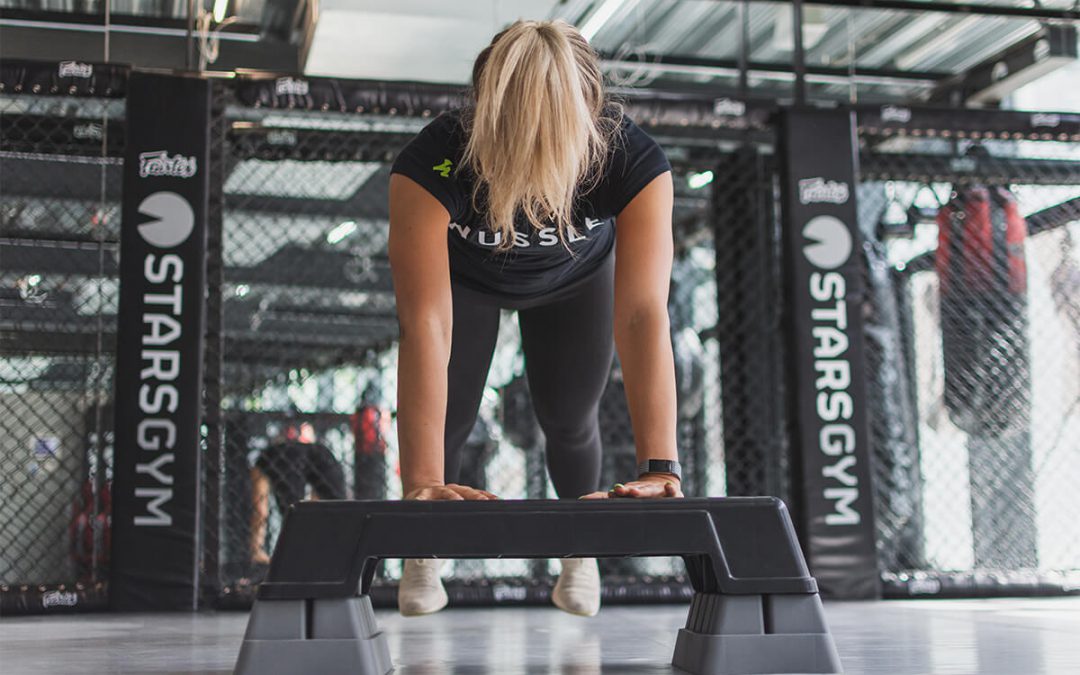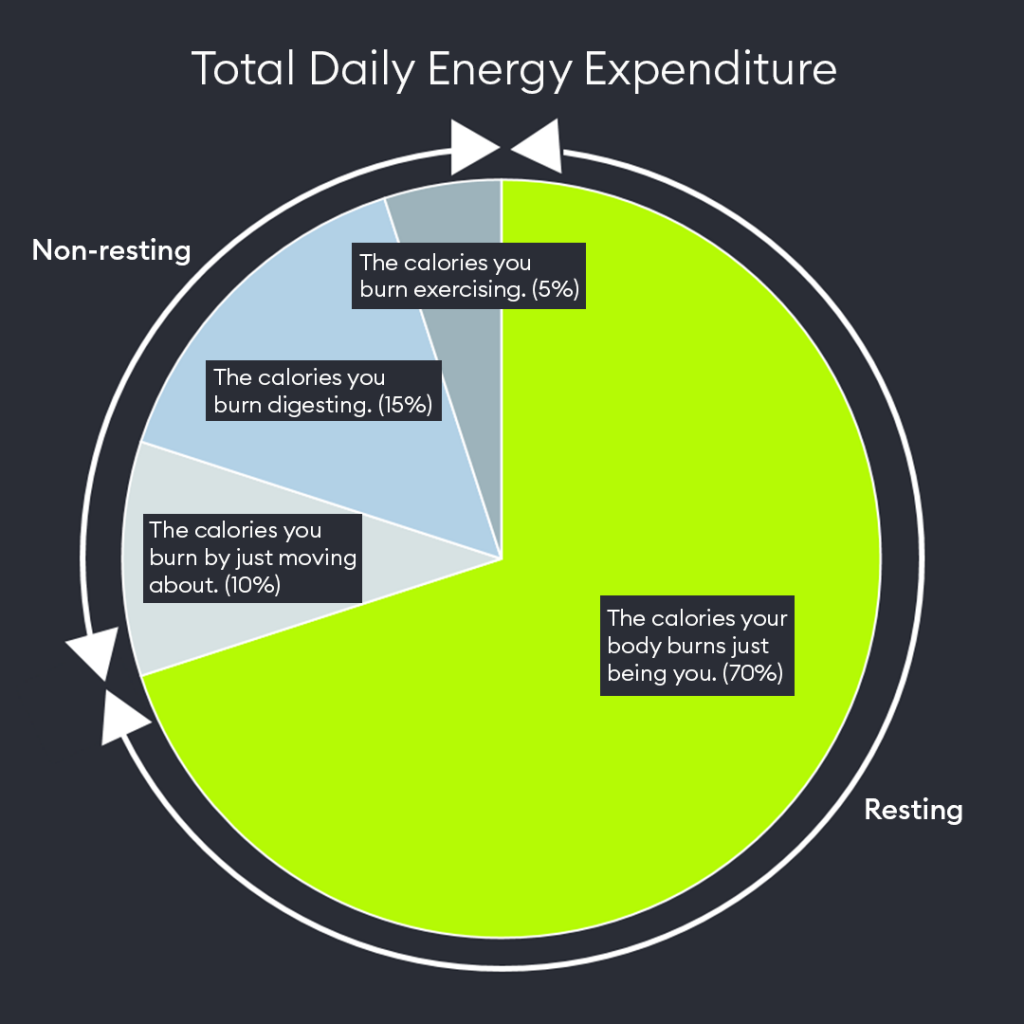Exercising isn’t always about losing weight, but sometimes, that’s what we want from it.
Workouts are a helpful tool to burn some energy and create that calorie deficit needed to lose a few pounds.
When you find that window of time to fit exercise in, it’s important to use it efficiently. So, if a big old calorie blast is what you’re looking for, these are the sorts of workouts you want to do.
How does the body burn calories?
Understanding how the body burns calories is step one to knowing how you can maximise your efforts in doing so.
There are a number of ways the body uses energy, but only two which you can control.
The first is the purposeful exercise or sport that you make time for. Whether that’s in the gym, out on a run, or on the football field. Intense or vigorous exercise like this burns a larger number of calories than the body does at rest or when lightly active. It’s likely you engage in this sort of activity in short hourly bursts, a few times a week.
The second is the general level of activeness that we exert across a day. This is your step count, how often you’re standing, and general functional movement. You’re not trying to get your heart rate up or break a sweat, but the amount of time you spend not being sedentary contributes highly to the number of overall calories you burn in a day.
That’s your energy output. Your energy input, is of course, the food you consume each day.
In order to achieve any level of weight-loss, your body must burn more energy than it’s bringing in. It’s a balancing act. Consume more calories than you burn, you’ll gain weight. Burn more calories than you consume, you’ll lose weight. Consume and burn the same number of calories, you guessed it, your weight will stay the same. This tends to happen over a prolonged period or time, rather than within or between days.
What type of exercise burns the most calories?
So, you’re looking for a bit of an extra burn in the gym. It helps to know where you can maximise your efforts during those intense and purposeful periods of exercise.
In the moment, cardiovascular exercise uses more energy than strength training. It asks your heart to beat faster to pump more blood around your body, and your breathing to quicken to get more oxygen into your lungs. Cardiovascular or aerobic exercise speeds up your metabolism and causes a bigger calorie burn.
However, strength training that builds muscle and improves body condition will help you to burn a larger number of calories in the long term. The more muscle you have, the larger energy requirement you will need to maintain it. Muscle tissue needs more energy than fat tissue.
Resistance and weight training should play a big part in your fitness routine, because there are so many benefits that it brings. In the long term, this type of exercise is going to help you build a better body composition and increase your overall level of fitness. In the short term, it’s not going to burn as many calories as exercise with a cardiovascular element to it.
On top of the type, it’s also important to think about the intensity and duration of the exercise. The more intense it is, the more calories it’s going to burn. But the body can’t maintain this level for long. Your energy systems only allow for limited bursts of really intense activity. On the other hand, more moderate exercise is something you can do for a little longer. And the longer you go for, the more calories you’re going to have burnt by the end. So, the key is finding the right balance of both that works for you.
Which workouts burn loads of calories?
You’ll often hear of workouts boasting to burn between 500 and 1000 calories in one go. And whilst it might be possible, the number of calories your body will burn depends on your age, weight, height, amount of muscle and current fitness levels. The truth is, we don’t usually burn as many calories as we think we do and that can lead to a miscalculation of the in vs. out balance.
That said, there are some workouts where your efforts are best placed.
30-minute HIIT sessions are a popular option for a reason. They’re relatively short, very intense, include an aerobic element and work your muscles at the same time. You’re ticking lots of boxes in one go.
https://www.youtube.com/watch?v=ml6cT4AZdqI
Longer durations of cardio are also an option. Running, swimming, and cycling are all cardiovascular forms of exercise that you can maintain for a bit longer without any rest. This means you will have burnt a big chunk of calories by the end of it.

Don’t neglect your NEAT.
The easiest way to end your day having burnt as many calories of possible, is by moving more throughout the day.
It’s often misunderstood that doing a workout and then staying sedentary for the rest of the day is enough to create a calorie deficit. In actual fact, you’re likely going to burn more calories by getting enough steps in and moving more than you are by actively working out.
NEAT stands for non-exercise activity thermogenesis. It’s the term for that non-purposeful type of exercise we mentioned early. It’s the second way you can control how many calories you burn and accounts for up to 15% of your daily expenditure, triple that of your purposeful sport or exercise.
That’s the reason why the 10,000-step count is such a focus for some people. It’s hugely unappreciated that this is the easiest and biggest way to increase calorie burn.
So, although we’re not all motivated by the calories we burn, if that is what you’re after, then remember to move more. And when you do get into the gym, aim for something that gets your heart rate going. Short and intense. Or long and moderate. It’s up to you, just make sure to get the balance right.




